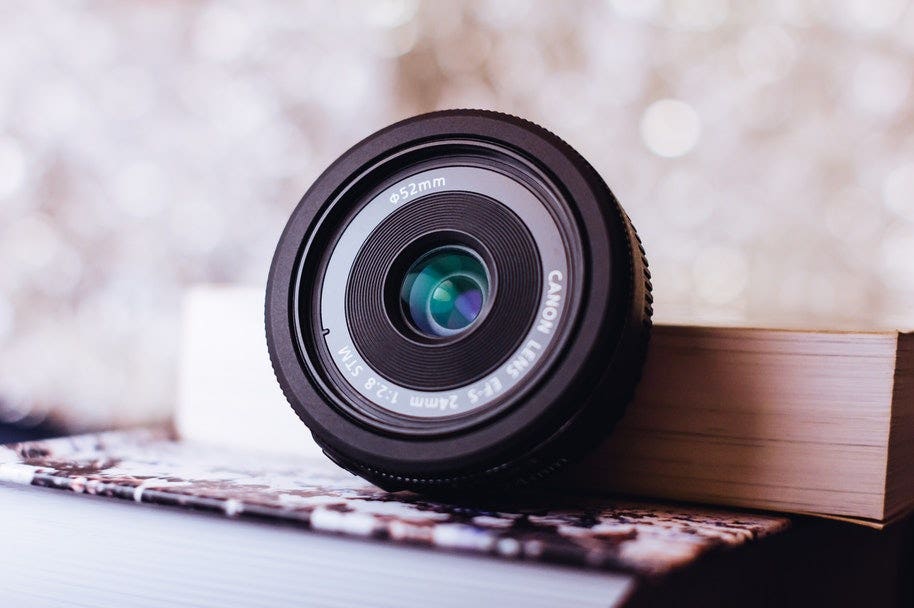
Not long ago, we gave a complete overview of prime lenses that covered exactly what they are, the different types available, and how they can improve your photography.
Prime lenses are different from zoom lenses in that they have a fixed focal length; you can’t zoom in and out to change your composition. While that doesn’t sound like a good thing, prime lenses are in fact the preferred type of lens for most serious photographers.
Why exactly is that? Read on to find out what these lenses can do to your photography and find out when you should be pulling out your prime lens.
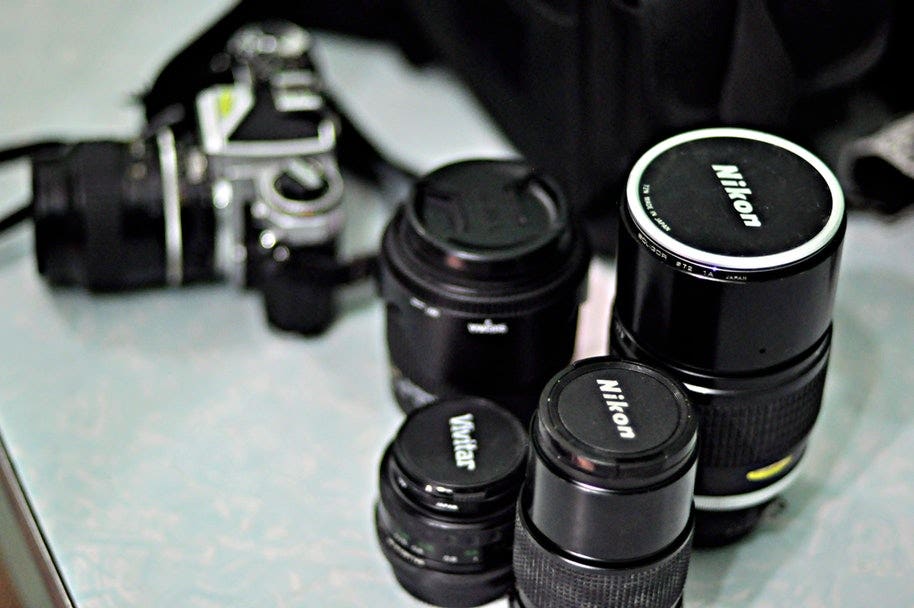
Why use a prime lens at all?
Prime lenses are known for their higher quality, making them the preferred lens of choice for professional photographers.
In general, they’re better equipped to maximise available light and separate foreground from background elements. This means they often deliver crisper details, soft background bokeh, and higher overall quality. But how exactly does this translate into your photos?
When to use a prime lens
1. Prime lenses for portraiture
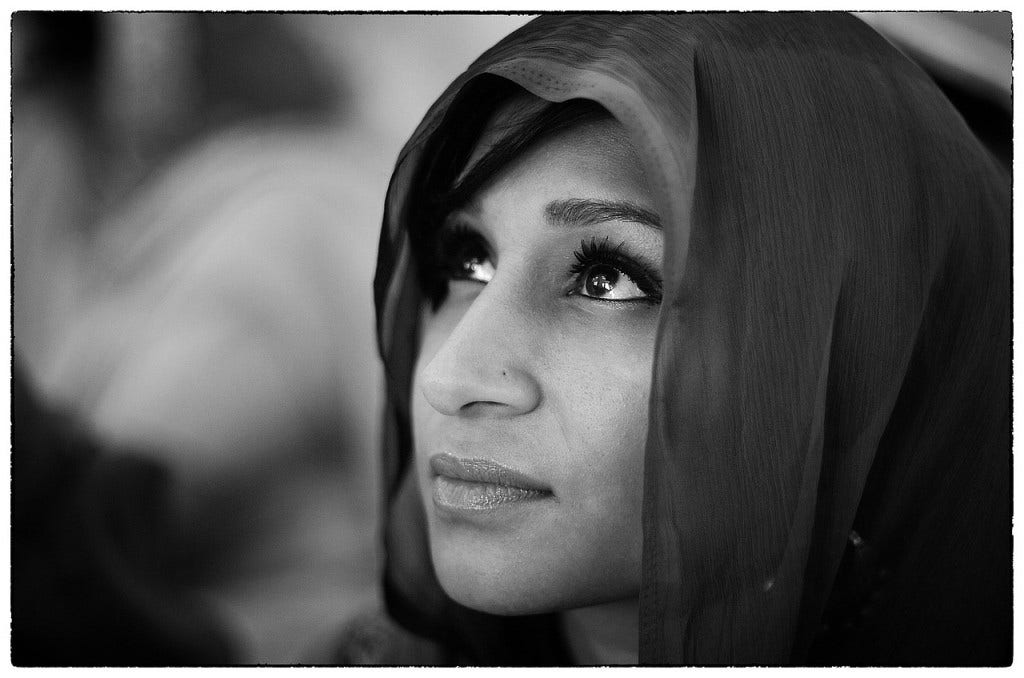
Prime lenses are perhaps best known for their ability to produce creamy bokeh that cleanly separates your subject from the background.
This is because prime lenses tend to have wider apertures than zoom lenses, with the ability to open the aperture to f/2 or f/1.2 (compared to the minimum f/2.8 on a zoom lens).
This wider aperture creates a shallow depth of field perfect for isolating subjects from their surroundings, making them a treat in portrait photography.
2. Prime lenses in street photography
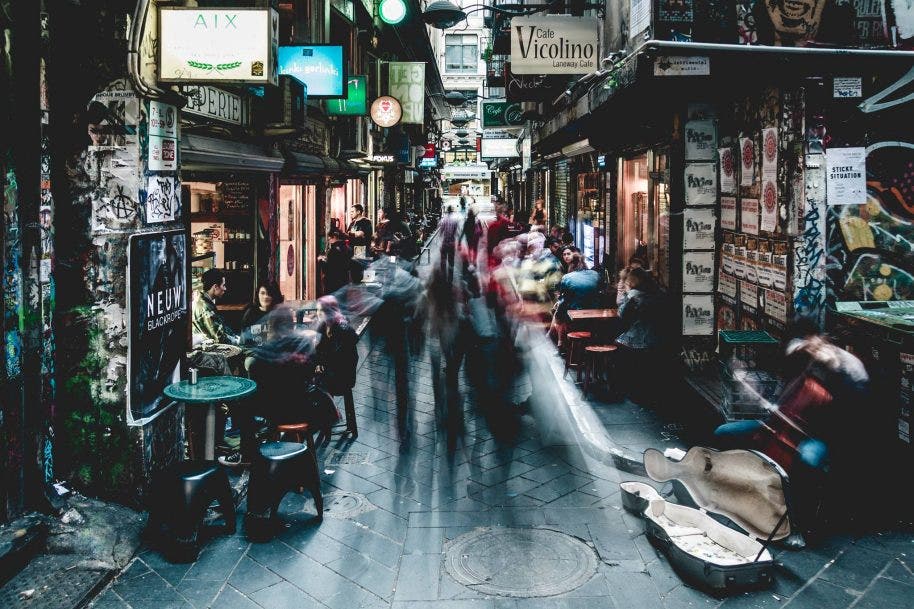
Prime lenses with a 35mm or 50mm focal length interpret the scenes closely to how you’re viewing them in real life. This exact portrayal of a scene is perfect in street photography, particularly because you avoid any distortion around the edges of your shots.
The best street photographs usually involve getting up close and personal with your subjects rather than shooting from a distance. A focal length of 55mm or wider is perfect for this.
Not only this, but prime lenses also tend to be smaller and lighter, making them more portable on long days in busy cities. After a tiring day out, this is a definite advantage!
3. Prime lenses in low light scenarios
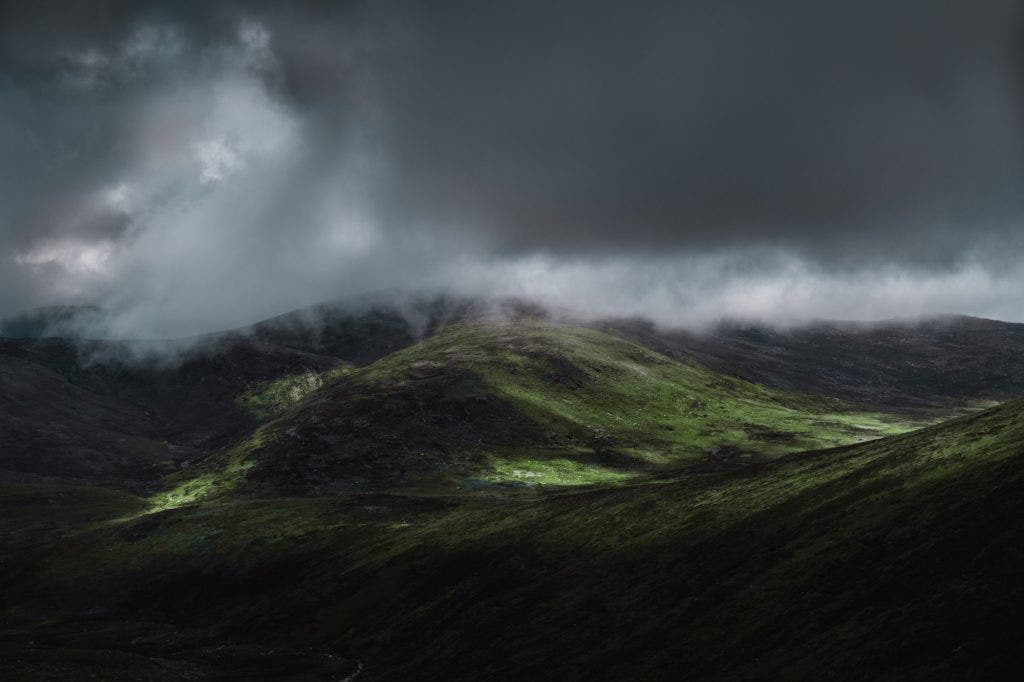
Whether you’re shooting a portrait, an urban scene, or even a moody landscape, you’ll quickly discover the benefit of a prime lens.
Thanks to their larger maximum aperture, prime lenses allow in more light without the photographer needing to increase ISO or reduce the shutter speed. The result is clearer and sharper shots with natural lighting.
4. A prime lens to shoot architecture or interiors
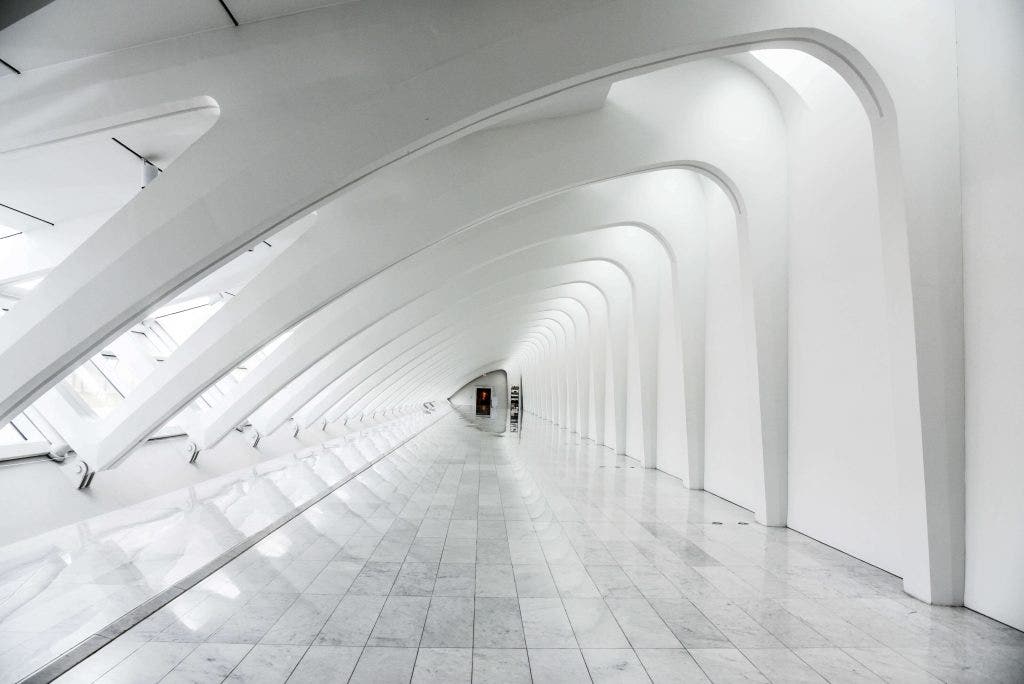
Architectural photography typically calls for a little more width in the shots so you can fit in the entire room or building.
Wide-angle prime lenses have focal lengths of less than 40mm, giving plenty of room to fit all the detail into your shot. A fish-eye lens, for example, is an extreme example of a wide-angle lens, providing a full 180-degree angle of view - but it will lead to distortions towards the outer corners of your photo.
Are you ready to experiment with your photography?
While zoom lenses offer more convenience for the hobby photographer, prime lenses are probably in your future if you’re wanting to up your photography game.
Not entirely certain which prime lens you need for your camera? Find your nearest Camera House store and visit us to receive some expert advice. Or check out our range of lenses online today to pair with your camera.
